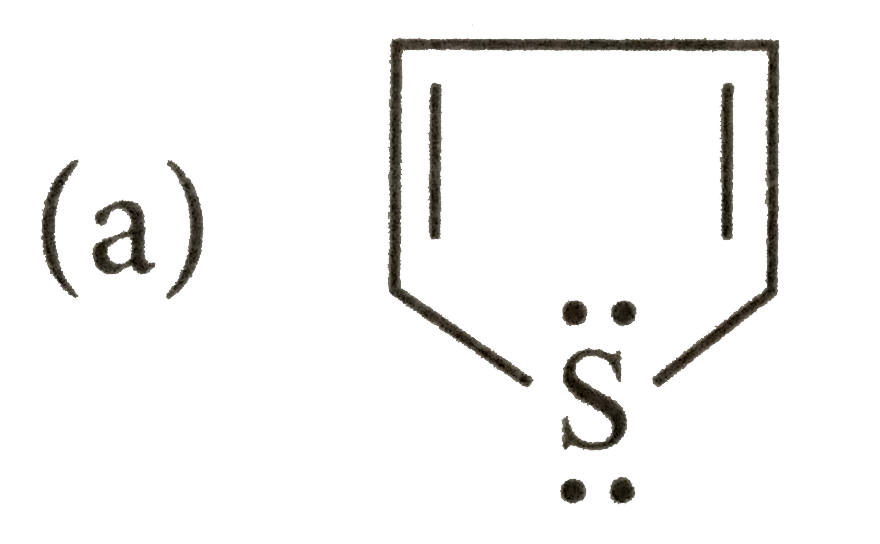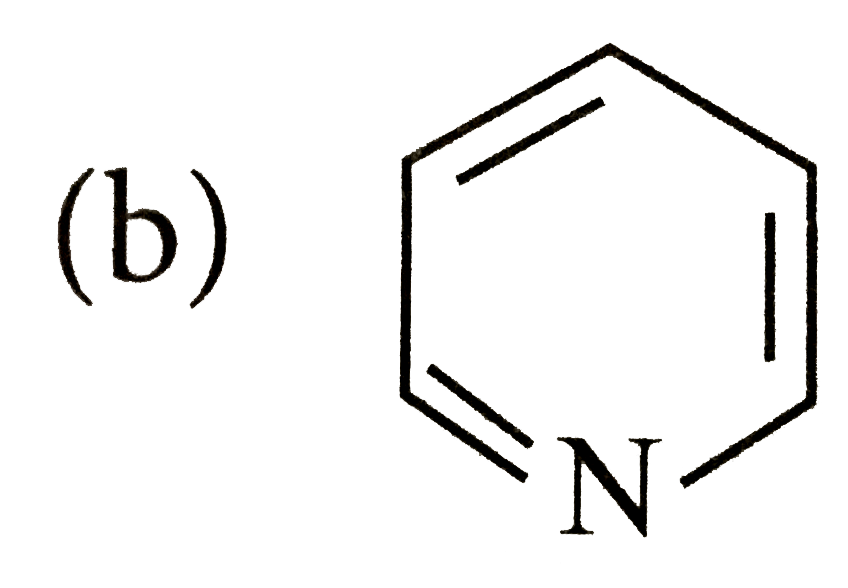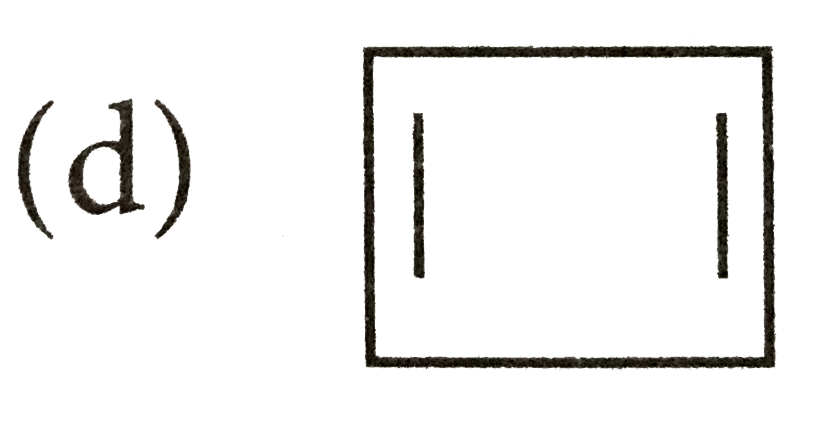Which of the following species does not exist ?
The correct Answer is:A
To determine which species does not exist among the given compounds, we will analyze each compound based on their oxidation states and the inert pair effect.
1. Identify the Compounds:
Let's assume the compounds in question are A (BCl5), B (PbI4), C (another compound), and D (a stable compound).
2. Analyze BCl5:
- Bismuth (Bi) is in the +5 oxidation state in BCl5.
- Bismuth belongs to Group 15, where elements can exhibit +3 and +5 oxidation states.
- However, due to the inert pair effect, the +5 oxidation state is unstable for heavier elements like bismuth.
- The inert pair effect refers to the reluctance of the s-electrons to participate in bonding, making +3 the more stable oxidation state.
- Therefore, BCl5 does not exist.
3. Analyze PbI4:
- Lead (Pb) is in the +4 oxidation state in PbI4.
- Lead belongs to Group 14, where it can exhibit +2 and +4 oxidation states.
- Similar to bismuth, the +4 oxidation state is unstable for lead due to the inert pair effect.
- The +2 oxidation state is more stable, leading to the conclusion that PbI4 cannot exist.
- Instead, PbI2 is stable and exists.
4. Conclusion:
- Both BCl5 and PbI4 do not exist due to the instability of their higher oxidation states caused by the inert pair effect.
- Therefore, the answer to the question is that B (BCl5) and C (PbI4) do not exist.
Final Answer:
The species that does not exist are BCl5 and PbI4.
Let's assume the compounds in question are A (BCl5), B (PbI4), C (another compound), and D (a stable compound).
- Bismuth (Bi) is in the +5 oxidation state in BCl5.
- Bismuth belongs to Group 15, where elements can exhibit +3 and +5 oxidation states.
- However, due to the inert pair effect, the +5 oxidation state is unstable for heavier elements like bismuth.
- The inert pair effect refers to the reluctance of the s-electrons to participate in bonding, making +3 the more stable oxidation state.
- Therefore, BCl5 does not exist.
- Lead (Pb) is in the +4 oxidation state in PbI4.
- Lead belongs to Group 14, where it can exhibit +2 and +4 oxidation states.
- Similar to bismuth, the +4 oxidation state is unstable for lead due to the inert pair effect.
- The +2 oxidation state is more stable, leading to the conclusion that PbI4 cannot exist.
- Instead, PbI2 is stable and exists.
- Both BCl5 and PbI4 do not exist due to the instability of their higher oxidation states caused by the inert pair effect.
- Therefore, the answer to the question is that B (BCl5) and C (PbI4) do not exist.
The species that does not exist are BCl5 and PbI4.
Topper's Solved these Questions
- RACEBook:ALLENChapter:RACEExercise:Paragraph for question
Explore 3 Videos
- RACEBook:ALLENChapter:RACEExercise:Match the column
Explore 7 Videos
- RACEBook:ALLENChapter:RACEExercise:only one correct
Explore 20 Videos
- Periodic Table Book:ALLENChapter:Periodic Table Exercise:All Questions
Explore 40 Videos
- REACTION MECHANISM (PART-I)Book:ALLENChapter:REACTION MECHANISM (PART-I)Exercise:MCQ
Explore 21 Videos
Similar Questions
Knowledge Check
Which one of the following species does not exist under normal conditions?
ABe+2BBe2CB2DLi2Which of the following species does not show aromaticity?
A B
B C
C D
D
Which of the following species is not stable?
A[Sn(OH)6]2−B[SiCl6]2−C[SiF6]2−D[GeCl6]2−
Which of the following halide does not exist
View SolutionWhich of the following species does not have tetrahedral geometry ?
View SolutionWhich of the following species does not have the ability to fix atmospheric nitrogen?
View SolutionWhich of the following species exists:
View SolutionWhich of the following species is not expected to exist ?
View Solution